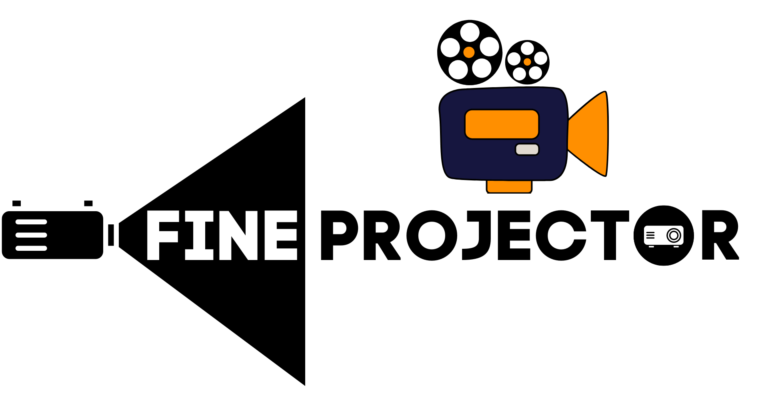Introduction
When your projector is not in use, are you sick of staring at a blank wall? This issue can be resolved by effortlessly combining your projector into your interior decoration using hidden projector screens. Fine Projector discuss the advantages of hidden projector screens and how they can improve your watching experience in this blog post.
What exactly is a hidden projector screen?
When it is not in use, a screen is meant to be hidden; this is known as a hidden projector screen. The screen can be revealed when you’re ready to watch a movie or TV show, either by rolling down from the ceiling or appearing from a cabinet or other piece of furniture. Hidden projector screens are frequently used in combination with motor projectors, which can be arranged to lower and turn on when the screen is opened.
Advantages of a hidden projector screen
A hidden projector screen has lots of advantages over a conventional fixed screen. To mention a few:
- Space-saving: By being fixed on the ceiling or hidden under furniture, a hidden projection screen can free up important floor space. This is particularly helpful in tight places where every inch counts.
- Beautiful in appearance: A hidden projector screen can fit in with your home’s decor smoothly, but a fixed screen may be unattractive when not in use. You won’t need to choose between design and function with a hidden projector screen.
- Convenience: You won’t have to manually set up and take down your screen every time you want to watch a movie if you have an automated hidden projector screen. Instead, a button will activate the screen to expand and fold.
- Flexibility: You can select a hidden projection screen that is specially designed to fulfill your demands depending on the size of your room and your viewing preferences. This involves that you can see a movie in theater-quality without ever leaving your house.
These are some important considerations to keep in mind while hiding a projection screen in a wall
Carefully Consider the Installation
It’s essential to thoroughly plan the installation before you start. You must consider the screen’s size, the wall’s measurements, and the location of any possible screws or electrical wires.
Choose the Right Screen
It’s necessary to pick a screen that can be hidden away in a wall. Since they are frequently lighter and thinner than conventional screens, they are also simpler to install and hide.
Create a Hidden Home
You’ll need to install a hidden home so that the screen can fold into it when it’s not in use if you want to hide it in the wall. In order to keep it from projecting into the room, this housing should be flat with the wall.
Consider Where the Projector is Placed
You must think about the projector’s placement in adding to the screen. Make sure it is positioned properly for best viewing and that it is not blocked by any pieces of furniture or other items in the space.
Hire a Professional
It is best to hire a professional to install the screen for you if you are uncomfortable with electrical wiring or construction. They can make that the screen is placed securely and safely, and that it works as designed.
Use a Remote Control
Consider using a remote control to make it simpler to operate the screen. This will remove the need for manual operation by enabling you to quickly fold or extend the screen with the touch of a button.
FAQs
A projection screen type that is designed to be hidden when not in use is called a hidden projector screen. Usually fixed inside a wall or ceiling space, it can be raised or lifted for viewing by engaging it with a wall switch or remote control.
You may create hidden projection screens to fit any size room. To fit different room sizes and projector specifications, they come in a range of sizes and aspect ratios.
The cost of hidden projector screens varies based on their dimensions, aspect ratios, and the level of screen material used. The price is also controlled by the installation’s design, which includes the motorized system and control system. Even so, their prices are typically higher than those of conventional fixed or foldable screens.


